
The NCP1200P60 is an efficient controller for ultra-compact switch-mode power supplies (SMPS). It enables cost-effective designs for offline battery chargers or standby SMPS with minimal external components.

The NE5532N is a dual high-performance, low-noise operational amplifier designed for superior audio and signal processing applications.
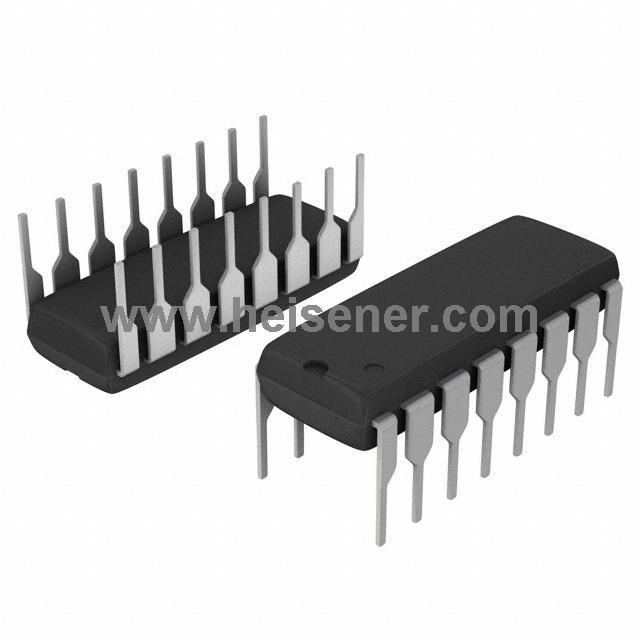
The KA7500B is a pulse-width modulation (PWM) control integrated circuit, primarily used in switch-mode power supplies and DC-DC converters. It has the capability to regulate output voltage and control power efficiency.
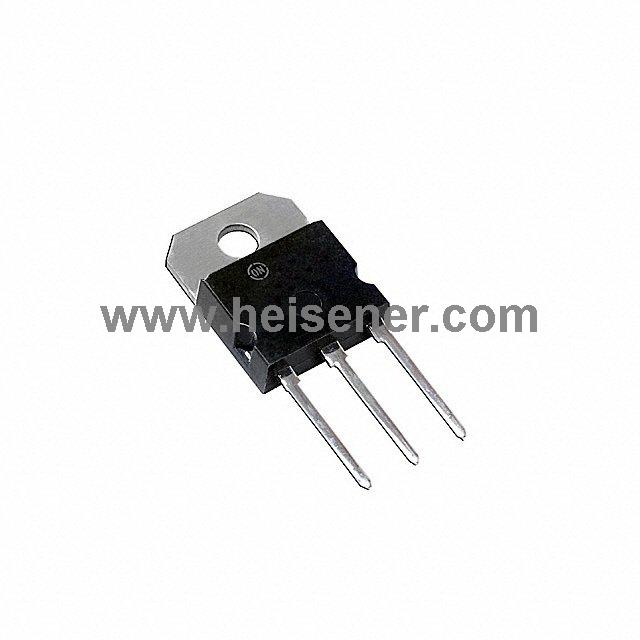
The TIP3055 is a popular NPN power transistor. It is commonly used in power amplifiers, switching regulators, and motor control circuits due to its ability to handle high voltages and currents, with a maximum collector current of 15A and a collector-emitter voltage of 60V.
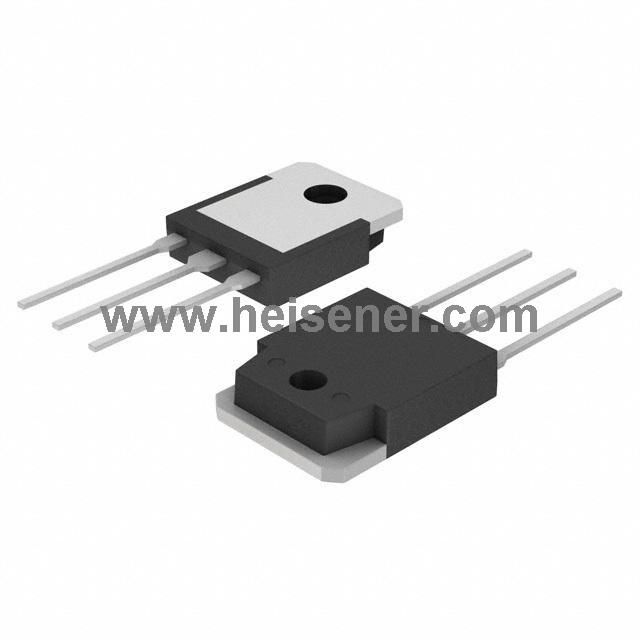
The TIP147 is a PNP Darlington transistor, it is manufactured using advanced planar technology with a "base island" layout and a monolithic Darlington configuration.
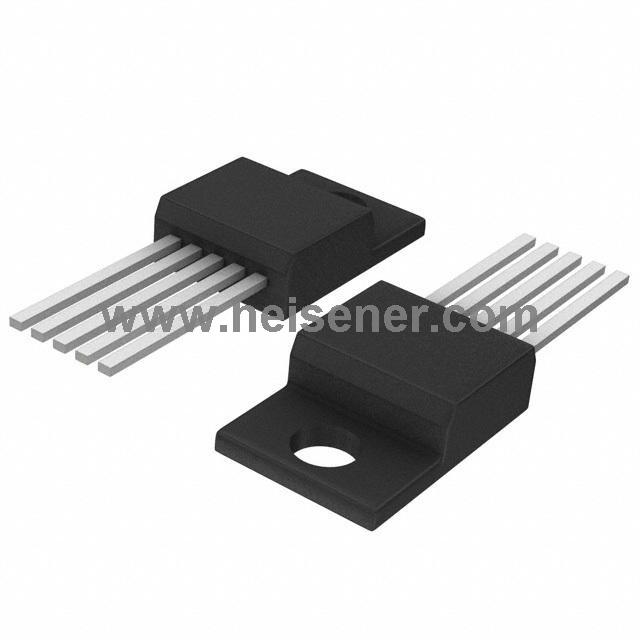
The LM2576T-ADJ is an adjustable step-down voltage regulator that efficiently converts a higher input voltage to a stable, lower output voltage. It operates using a switching regulator approach, where an internal switch rapidly alternates between on and off states. This switching action, combined with an external inductor and capacitors, smooths out the pulsating current to deliver a steady output voltage.
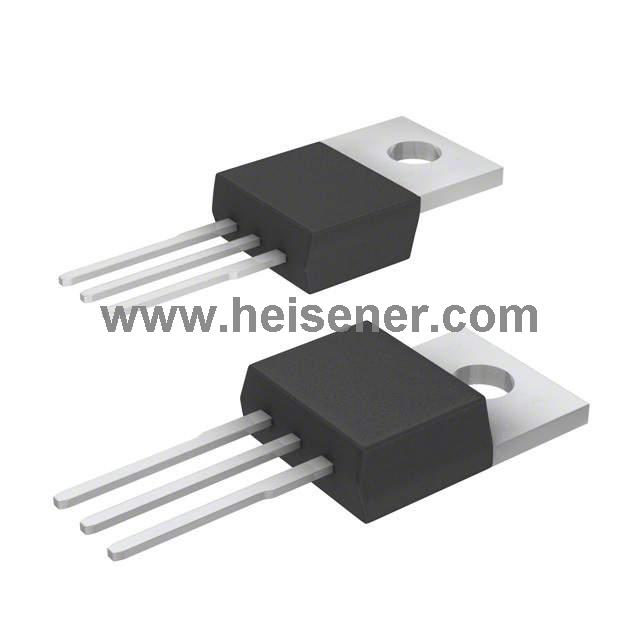
The MBR20100CT is a Schottky rectifier diode commonly used in power supply applications due to its high efficiency and low forward voltage drop. It has a maximum repetitive peak reverse voltage of 100V and can handle an average rectified current of up to 20A.
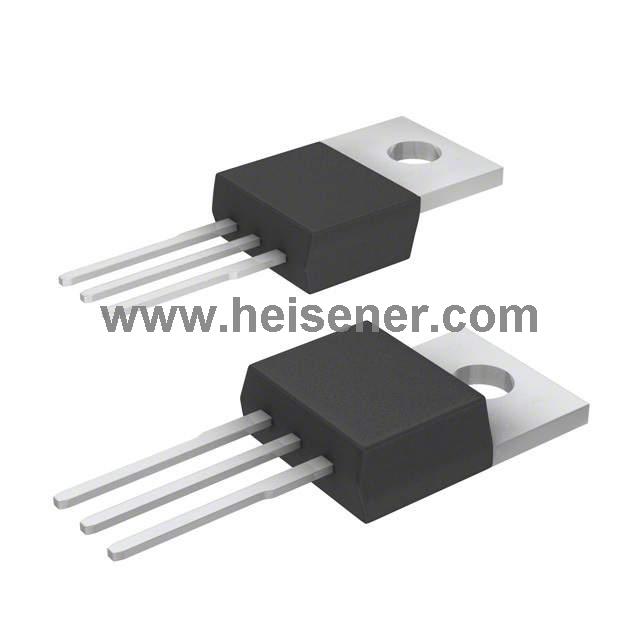
The TIP122 is a NPN Darlington transistor, commonly used for high-power switching and amplification applications.
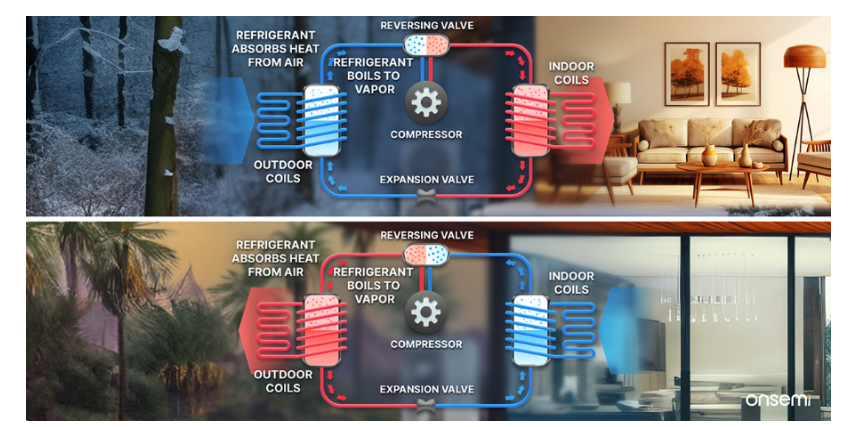
As companies move towards a low-carbon future, the market is increasingly demanding more efficient power semiconductors. The key goal of developing power semiconductor solutions is to minimize the total cost and size of the system while increasing efficiency.
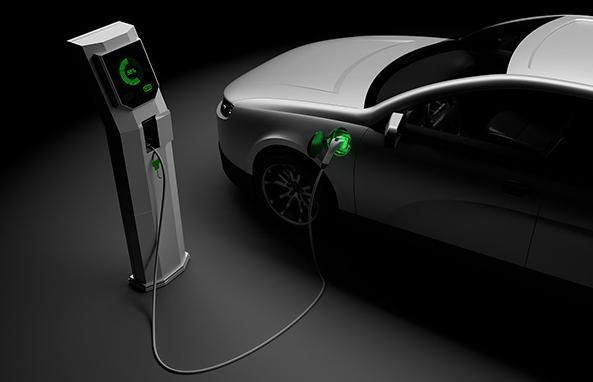
To reduce the time required to charge, the industry is using DC fast chargers (DCFCs) and ultra-fast chargers. The DCFCs and ultra-fast chargers bypass the on-board chargers of electric vehicles and provide more power directly to the battery, which can be charged at a rated current of 200-500 A, depending on the capacity of the battery.
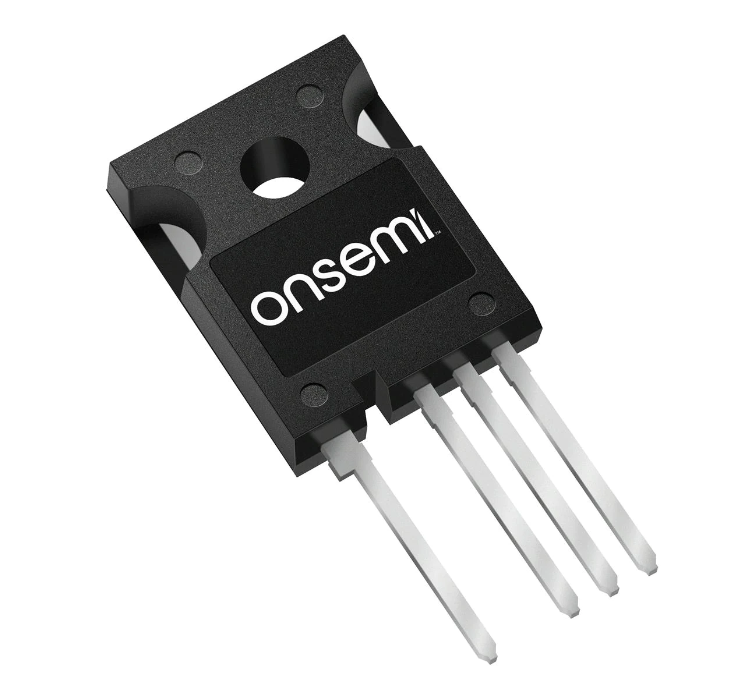
SiC band Gap (WBG) devices are critical for applications such as automotive and renewable energy today. As our world moves towards using sustainable energy sources (mainly electricity), energy efficiency is more important than ever.

The robot must be equipped with multiple motors to be able to move the main body of the robot or the arms and limbs of the robot, which use the brushless direct current motor (BLDC) as the mainstream, in order to efficiently drive the brushless motor, it is necessary to choose the appropriate brushless motor driver. This article will introduce you to the characteristics and selection points of brushless motors and drives, as well as the product features of brushless motor drives from onsemi.
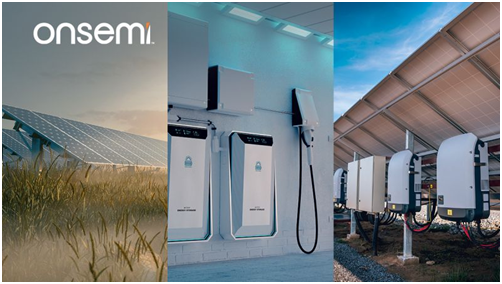
BLDC motor is a rotary motor consisting of a three-phase armature winding on the stator and a permanent magnet on the rotor. The mechanical structure of the BLDC motor is opposite to that of the traditional permanent magnet brushed DC motor. The rotor is equipped with a permanent magnet and the stator is equipped with a motor winding. However, as the name suggests, BLDC motors have no brushes and require no regular maintenance or replacement, making them less susceptible to wear and tear
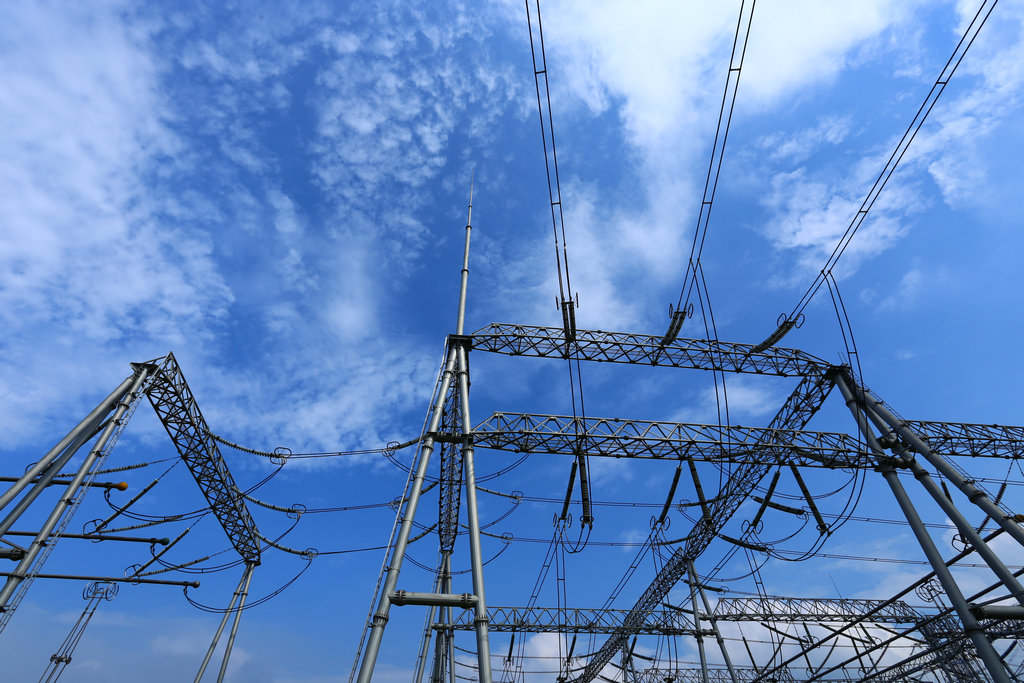
The power grid is designed to run on alternating current for a number of reasons, but almost every device needs direct current to operate. As a result, AC-DC power supplies are almost everywhere, and with increased environmental awareness and rising energy prices, the efficiency of such power supplies is essential to reduce operating costs and rational use of energy.
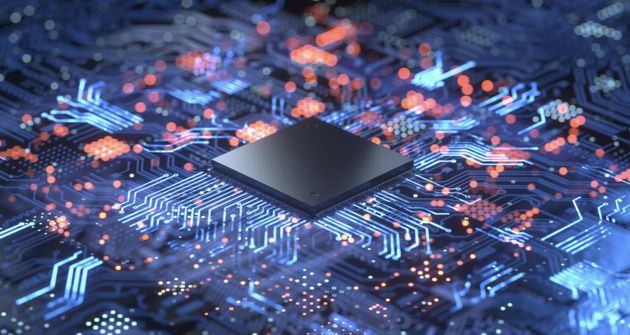
Semiconductor power devices mainly include power diode, power triode, thyristor, MOSFET, IGBT and so on. Among them, MOSFET and IGBT belong to voltage controlled switching devices, which have the advantages of fast switching speed, easy driving and low loss. The full name of IGBT is an insulated gate type power tube, which is a composite full-controlled voltage-driven semiconductor power device composed of bipolar triode (BJT) and MOSFET, and has the advantages of high input impedance of MOSFET and low on-voltage drop of BJT.

Onsemi, a smart power and sensing technology provider, announced that it will supply Kempower with onsemi EliteSiC SIC MosFEts and diodes for scalable electric vehicle (EV) chargers under a new strategic agreement. The ongoing collaboration between the two companies enables Kempower's suite of EV charging solutions to employ a variety of power semiconductor technologies, including onsemi's EliteSiC.
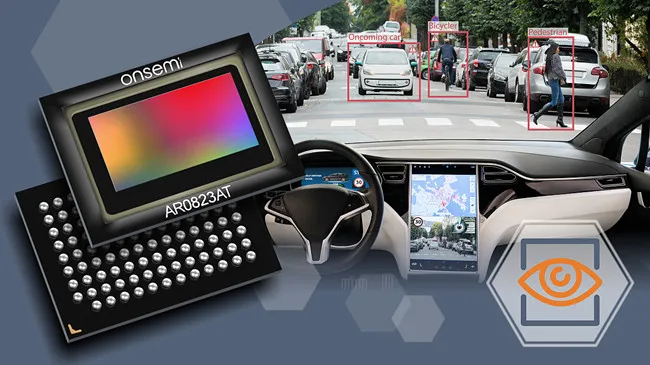
Onsemi introduces the Hyperlux line of automotive image sensors with a 2.1µm pixel size, industry-leading 150dB ultra-high dynamic range (HDR) and LED flicker reduction (LFM) capabilities to deliver high performance, high speed and advanced features across the temperature range of automotive applications. Advancing the development of the next generation of Advanced Driver assistance systems (ADAS). HyperLux also supports a smooth transition to L2+ level autopilot, which only requires the driver to take over the wheel when alerted by the technology.